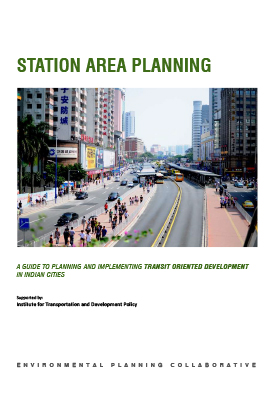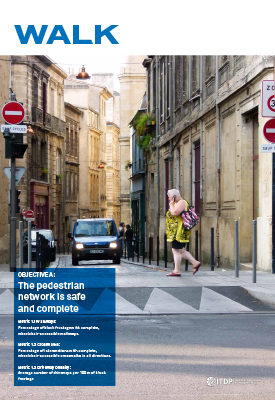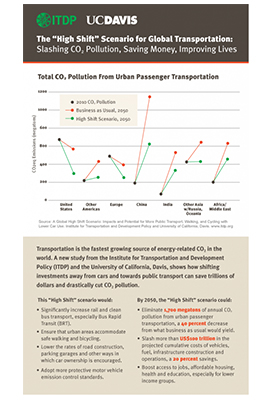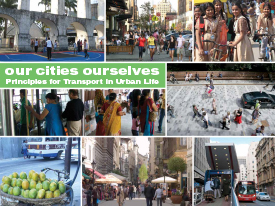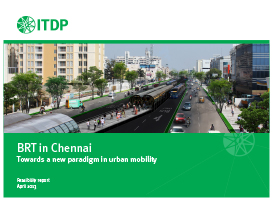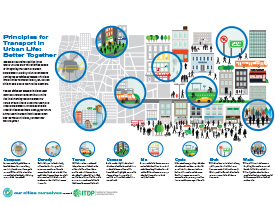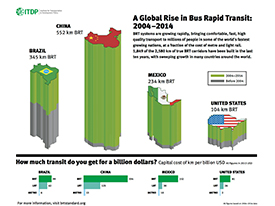With the increased growth of cities and levels of urbanism in India comes challenges in the form of traffic, pollution, the need for equitable access to infrastructure & resources etc. all of which contribute in determining the quality of life. In the current situation where policy frameworks like JNNURM & SUTP are in place to address some of these issues, there is also a need for a framework for guiding development alongside these new & proposed transport infrastructure.
This framework is needed not only to maximize the impact of investments made under various policy heads, but also to contain urban sprawl by focusing development and densification of existing urban fabric, resulting in the creation of compact cities. There is also a need to identify financial mechanisms that would allow recapture of some of the increased value of properties around these transportation nodes.
Thus, this guide is meant to provide the said framework for planners, decision makers in the government, policy makers, developers as well as the general public to transform transit oriented development into reality.




